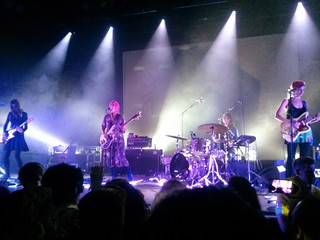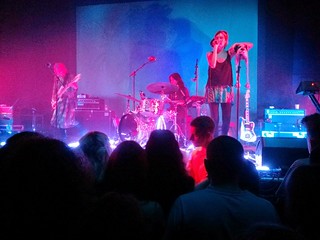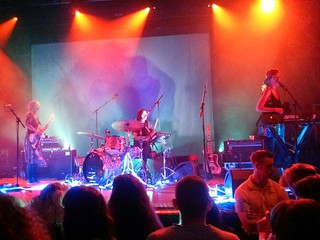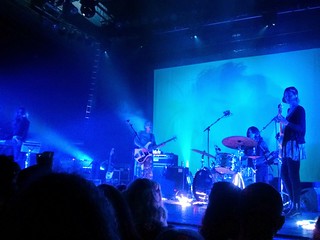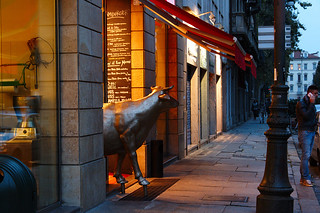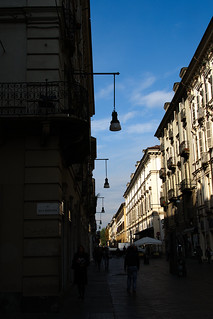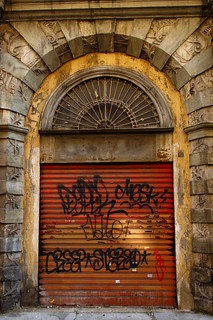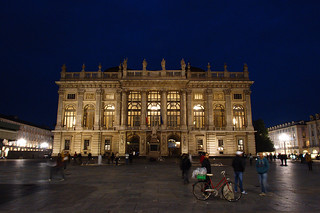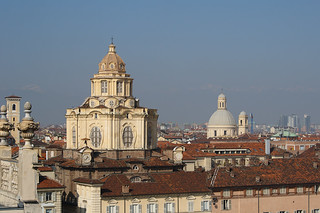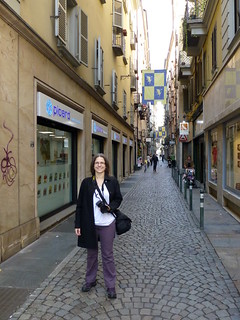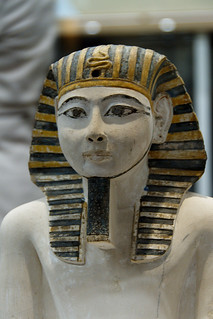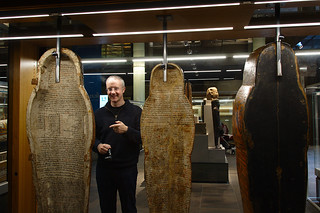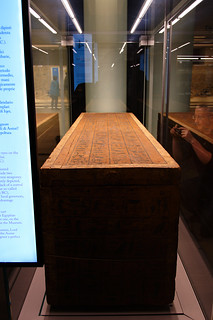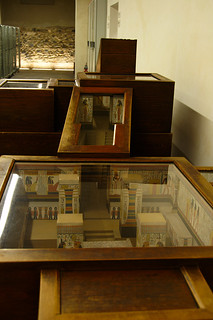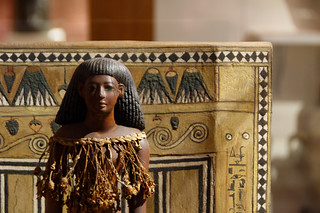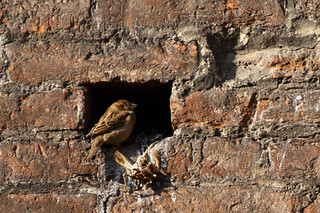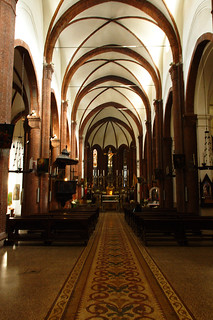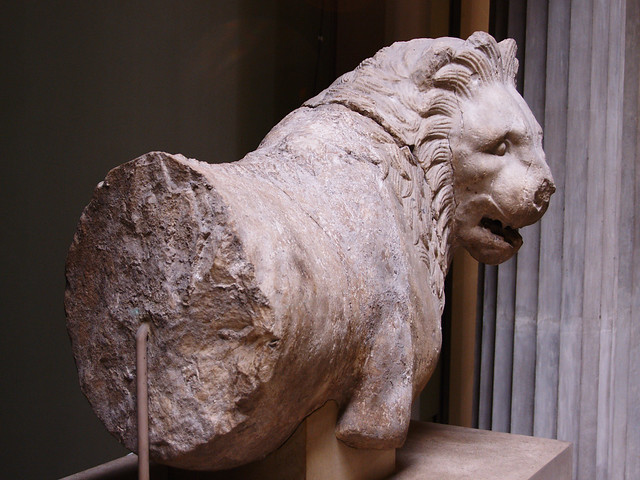The title of the Channel 5 documentary The Spy Who Brought Down Mary Queen of Scots was a little misleading – it wasn’t about Francis Walsingham (the titular spy) per se, instead it was about the Babington Plot in 1586, Walsingham’s role in that and the consequences for Mary Queen of Scots. That relatively narrow focus also meant that they elided a lot of the background for why Mary Queen of Scots was under house arrest in England in the first place and just opened with her having been so for 18 years. Whilst I’m quibbling about their narrative choices, I shall also note that I didn’t much care for all their stylistic choices for imagery. In particular whenever there was “spy stuff” going on they used very modern imagery (CCTV cameras, racks of networked servers etc) which juxtaposed extremely oddly with their actors dressed up in Elizabethan costume quoting actual letters from the era!
Having said all that, I actually thought it was a rather good programme. First they explained the situation leading up to the Babington Plot – Mary Queen of Scots under house arrest in England, and as a Catholic and a relative of Elizabeth I’s she was a potential focus for rebellion or invasion. There had been previous unsuccessful attempts to assassinate Elizabeth I. Francis Walsingham (as Elizabeth’s spy master) was obviously concerned about communications to & from Mary Queen of Scots, and about the potential for trouble being stirred up by her or on behalf of her. The Babington Plot was the latest in a series of attempts to free Mary Queen of Scots – it began as a conspiracy between a group of disaffected Catholic noblemen, lead by a young man called Anthony Babington. Communications with Mary were routinely intercepted and monitored, so the conspirators recruited an English Catholic priest called Gilbert Gifford who had fled to France. Gifford returned to England and made his way to the brewers who supplied Mary’s household with beer – he devised a method of smuggling messages to her inside the bungs of the beer barrels and so communication was established. In this bit of the programme they also explained how difficult it was to be a Catholic priest in England at the time and showed us several priest holes in a country house of the era.
Mary was at first very cautious about how she responded to the messages – not just using a cipher and being circumspect with her words, but also being very non-committal about proposed schemes. Gradually, however, she began to trust and to believe that just possibly this time it was going to work and she would not only be freed but also put on the English throne. Finally in a letter she said something that could be taken as endorsement of the plot, and unknown to her this is where it all started to fall apart for her. Walsingham hadn’t been sitting by in ignorance of this plot – instead he’d had a hand in it from almost the start. He’d had his eye on Babington & the other conspirators, and when Gifford had been sent back to England with his first message Walsingham had him seized. He was turned into a double agent, and it was Walsingham who designed the method of getting messages to Mary Queen of Scots. All the letters sent this way were copied by Walsingham’s people and the cipher used in them was broken. When the damning message was sent by Mary Queen of Scots, Walsingham knew he had his evidence to convict Mary of treason – but just to be sure he had his codebreaker & forger add a postscript to the letter to make it more explicit before forwarding it on to Babington.
Walsingham then swooped in and arrested the conspirators. He also lured Mary Queen of Scots into behaving as if she expected a rescue, then arresting her. All were tried and convicted of treason. The men were hung, drawn and quartered but Elizabeth did not sign Mary’s death warrant for some time. Eventually she reluctantly signed, and then tried to countermand it but the warrant had been whisked off to where Mary was being held and Mary was executed within hours. The programme was very much on the side of this being Elizabeth genuinely changing her mind and regretting signing. But from what (little) I’ve read, I’d always picked up the impression of her wanting to have her cake and eat it too – putting on a good show of remorse after the fact but only when the deed was irrevocable.
Overall a good programme, my quibbles aside 🙂
Churches: How to Read Them was a 6 part series of half hour programmes about British church architecture and decoration that we’d recorded ages ago. It was presented by Richard Taylor and covered the history of churches from Anglo-Saxon times to the present day. I wanted to like this more than I ended up doing. Not that I disliked it as such, more that it seemed a bit shallow at times but I can’t really articulate what I would’ve preferred. However it did show a nice selection of surviving examples of the various sorts of architecture & decorations that he was talking about in each episode.
Other TV watched this week:
Episode 3 of Mud, Sweat and Tractors – series about the history of farming in 20th Century Britain.
Episode 2 of The Crusades – series presented by Thomas Asbridge about the Crusades.
Episode 2 of Fossil Wonderlands: Nature’s Hidden Treasures – Richard Fortey looking at three fossil sites that changed our idea of the past.
